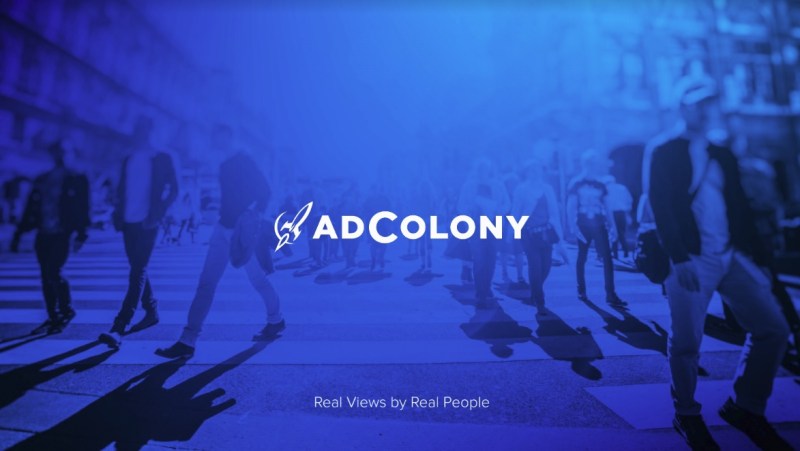Brands have moved quickly to spread their message through social media and influencers. But those brands have also run into unsafe content, such as hateful speech and inappropriate or offensive content, that negatively impacts consumers’ views of both the advertiser and the platform where the incident occurred.
Two-thirds of marketers (67 percent) say their brands have been exposed to brand safety issues at least once. Scandals are popping up one after another, and mobile video ad platform AdColony conducted research to see how unsafe content is impacting consumers and consumer advertising preferences across different platforms.
The Brand Safety Survey found that Facebook was the most common place to encounter “fake news.” The majority of users also said that they encounter hateful, inappropriate, or offensive content primarily on social media, especially Facebook (60 percent). Only 19 percent of users found this type of content in mobile games. Ads from “fake news” outlets were also most commonly found on social media. About 47 percent of these “fake news” ads were found on Facebook, compared to just 9 percent in mobile games.
Hateful, inappropriate, or offensive content placed next to, above, or below an ad is not only more likely to negatively impact how users view the outlet (social or a gaming app), but also their perceptions of the advertiser. Therefore, it is of utmost importance that advertisers be wary in choosing where to place their ads.
June 5th: The AI Audit in NYC
Join us next week in NYC to engage with top executive leaders, delving into strategies for auditing AI models to ensure fairness, optimal performance, and ethical compliance across diverse organizations. Secure your attendance for this exclusive invite-only event.

Above: AdColony says fans hold brands responsible if their ads appear near inappropriate content.
While inappropriate content can dramatically hinder brand reputation generally, it’s also important to consider exactly how it affects user behavior and perceptions. That’s why AdColony decided to conduct a global user survey on the topic. The survey asked users ages 16 to 75 (with 35 the typical age) about purchasing behavior, offensive content, preferred platforms to encounter ads, and more.
AdColony found users would rather encounter ads in mobile games (16 percent) than social media platforms like YouTube (15 percent), Snapchat (9 percent), and Instagram (7 percent). After seeing ads in mobile games, almost 30 percent of users purchase products or services advertised through the platform, compared to the just 9 percent and 10 percent who make purchases on platforms like Snapchat and Instagram, respectively.
Research conducted by Hearts & Science and Omnicom Media Group yielded similar results. Focusing their study on millennials and Gen Xers, the data indicated that 70 percent of the demographic will not like, recommend, or purchase from a brand whose ads appear next to offensive, hateful, or derogatory content. About 51 percent stated that they are less likely to purchase from the brand, even if the placement was “not the brand’s fault.”
The Chief Marketing Officer Council and Dow Jones also conducted a study of 300 senior marketing executives and 13,000 CMO members, which revealed a lot about brand safety and trust. About 63 percent of users stated that they would respond more positively to the same ads if viewed in a more established content environment. Another 37 percent claimed that ads on objectionable sites would change their brand opinion, and 66 percent would turn away from a brand after a negative brand experience.
It is very clear that consumers care a lot about the ads they see, and especially where they see them. One wrong move can mean a complete pullback and cast a negative light on the brand, AdColony said. That’s why it’s becoming increasingly important for companies to invest in brand-safe environments where they can feel comfortable knowing that their message is going out to the right audience and their image isn’t being harmed.

